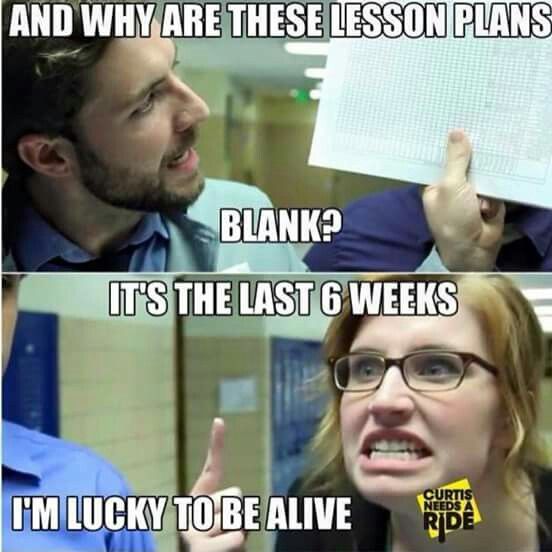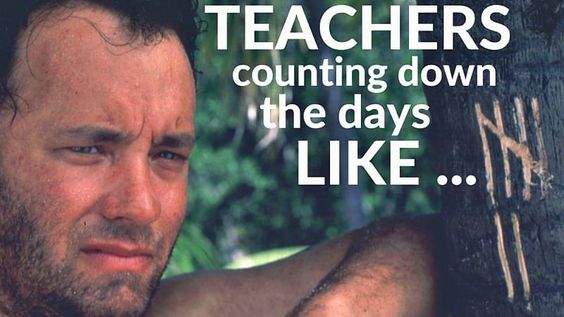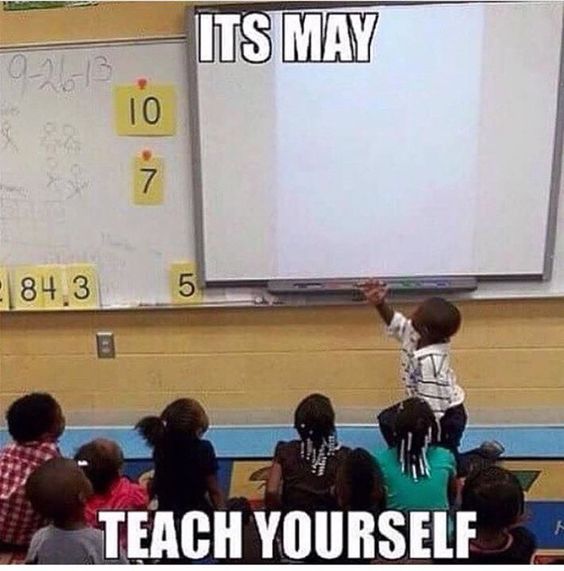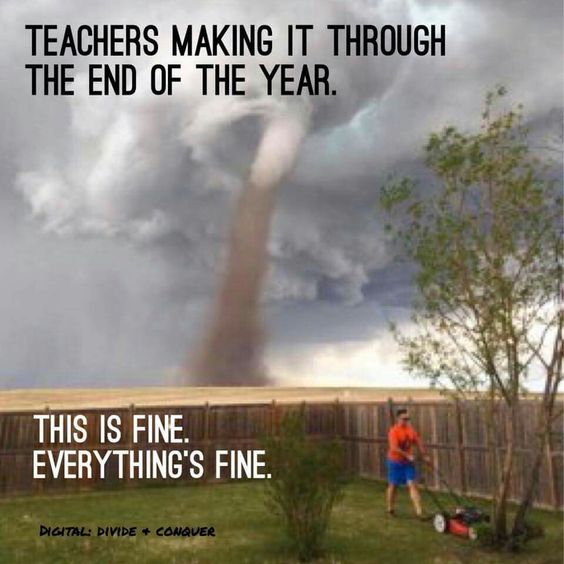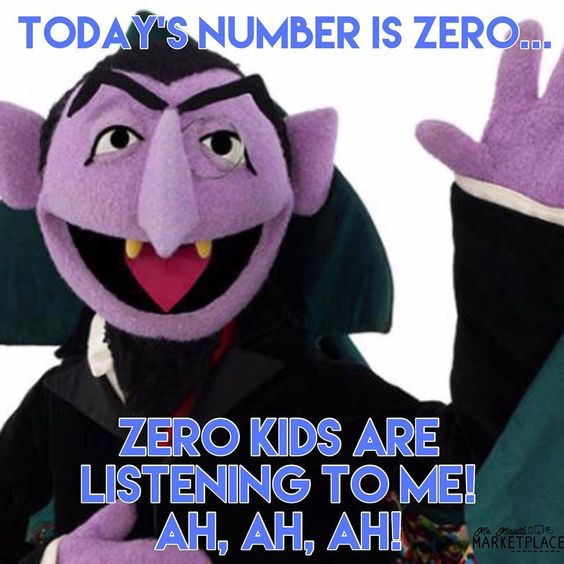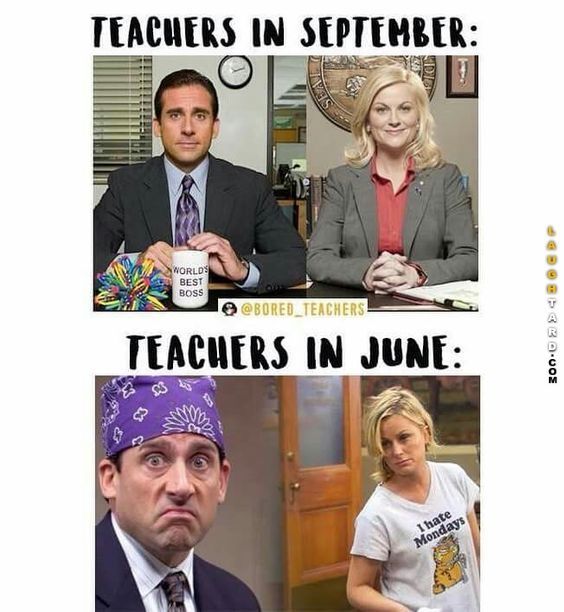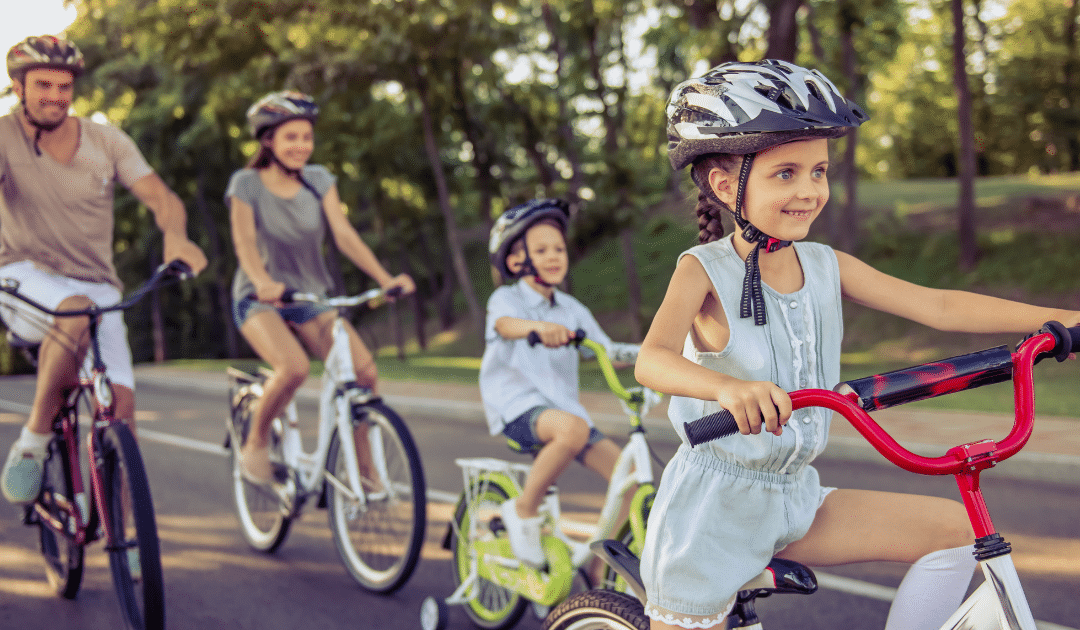
by California Casualty | Auto Insurance Info |
As more cyclists (of all ages) take to the road to enjoy the nice weather, now is a great time to brush up on the rules for safely sharing the streets.
Think of bikes as cars, but with fewer safety features. Road hazards such as potholes and debris may cause a cyclist to suddenly swerve, much like if they were driving a vehicle. And although riding on the right side of the lane is preferred for bike traffic, there may be the occasion when cyclists take to the center if road conditions require it.
Understanding cyclists and anticipating their next move will help you safely share the road. Here are some quick safety reminders on driving with cyclists this summer.
1. They have the right to “drive” in your lane, but they also need their space. Always give cyclists the right of way. Be sure to watch your speed compared to theirs. Pass only when there’s ample room (at least 3 feet between you and their bike) and while other vehicles are not approaching.
2. Look for bicyclists everywhere. Cyclists may not be riding where they should be or may be hard to see—especially in poorly lit conditions, including dusk/dawn/night and even in inclement weather.
3. Avoid turning in front of a bicyclist who is traveling on the road or sidewalk, often at an intersection or driveway. An oncoming cyclist may be traveling faster than you think. Drivers turning right on red should look to the right and behind to avoid hitting a bicyclist approaching from the right rear. Stop completely and look left-right-left and behind before turning right on red.
4. Completely stop at red lights or stop signs to let bikers pass or check for unseen bikers. Make eye contact with cyclists at intersections or crosswalks to acknowledge their presence and signal to let them know they are free to pass.
5. Don’t honk at someone on a bike. The noise could startle them, making them lose control of the bike they are riding. If it’s absolutely necessary, do so from a distance and make it a light tap.
6. Take extra precautions if you are sharing the road with children riding their bikes. They are smaller and harder to spot on the road, especially for drivers of bigger cars. Plus, these young bicyclists won’t have the same control over their bikes or know the rules of the road as mature riders.
7. Knowledge of common biking hand signals is a must. These include sticking the left arm straight out to indicate a left turn, holding the left arm up at a 90-degree angle to indicate a right turn, and pointing the left arm down at a 90-degree angle to indicate a stop or slowing down.
Taking extra precautions when you are behind the wheel and understanding a cyclist’s next move can help you avoid an accident. Use these tips this summer to help you both navigate the road ahead safely and seamlessly.
This article is furnished by California Casualty, providing auto and home insurance to educators, law enforcement officers, firefighters, and nurses. Get a quote at 1.866.704.8614 or www.calcas.com.
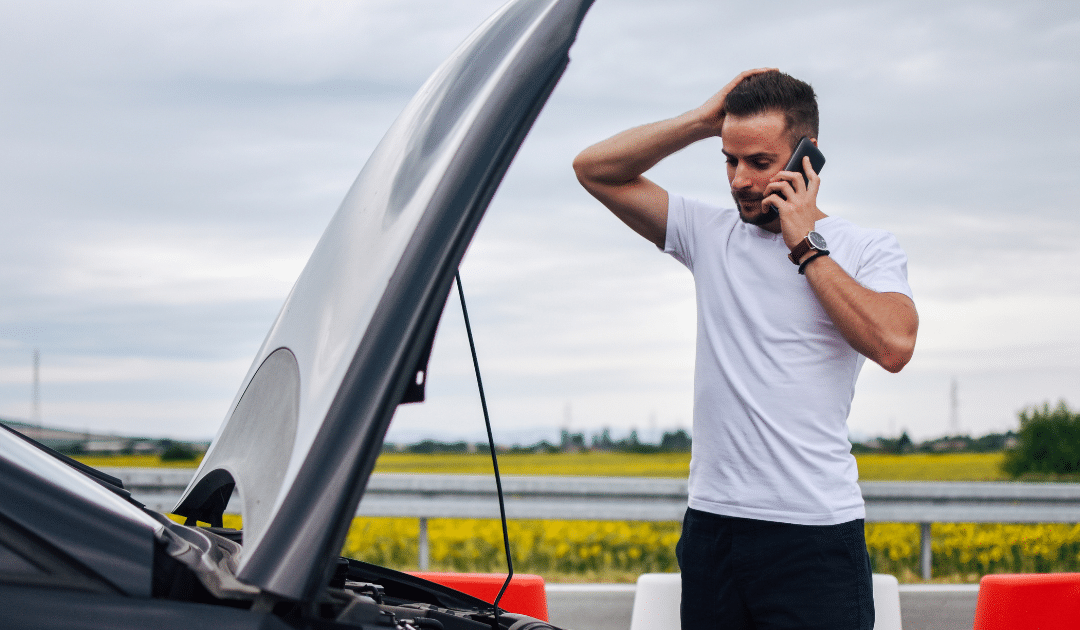
by California Casualty | Auto Insurance Info |
Breaking down on a busy street or highway can be dangerous. Roadside assistance is an add-on coverage that’s at your service 24/7 to help you get back on the road safely if you are left stranded due to an accident or car problems.
Whether you run out of gas, a tire blows out, or you are experiencing any other kind of car or engine trouble, roadside assistance has your back. Instead of spending money on an expensive tow, you can rest assured knowing that you are covered when you choose to add it on to your auto insurance policy.
Plus, when you add roadside assistance to your coverage you will pay as little as around $1 a month. This is a coverage you can’t afford to NOT have!
What Will Roadside Assistance Cover?
When you add- on Express Road Service to your California Casualty auto policy, you will be covered if you need assistance with
- Jump starts
- Lockouts
- Tire repair or change
- Gas, oil, and water delivery
- Towing to the nearest repair facility
And you won’t even have to remember to make additional payments to keep roadside assistance. Your cost of coverage will be rolled into your monthly premium to help make payments more convenient for you.
Talk to your insurance agent to understand what is covered. Ask about additional services and the exclusions and limitations when adding roadside assistance to your policy.
Why Do I Need It?
Roadside assistance offers you fast, reliable service available to you when you need it most. Here’s why everyone should add this coverage on to their auto insurance policy.
- Affordability. With annual prices as low as $1 dollar a month, you won’t even feel like you’re paying for additional coverage. Rates at these prices can’t be beaten even by other big-name clubs or associations like AAA.
- 24/7 hour service. No matter if your car breaks down at 12 a.m. or 12 p.m. you will never be stranded, roadside assistance will come to you at any time of day or night to help service or tow your vehicle.
- Peace of mind. If your car is older, or starts having mechanical issues you can have peace of mind driving to your destination (no matter how far) knowing that roadside assistance is a phone call away.
- Towing. Car tows are very common and can be costly if you do not pay for roadside assistance. The average cost for a car tow without roadside coverage is $109.
- Teen Driver Safety. If your family has a teen driver on the road, as parents you can breathe easier when handing over the keys knowing your young driver can call roadside assistance for help if the unexpected were to happen.
If you have an auto policy without roadside assistance, what are you waiting for? Call and add-on this cheap and essential coverage today at: 1.800.800.9410
This article is furnished by California Casualty, providing auto and home insurance to educators, law enforcement officers, firefighters, and nurses. Get a quote at 1.866.704.8614 or www.calcas.com.
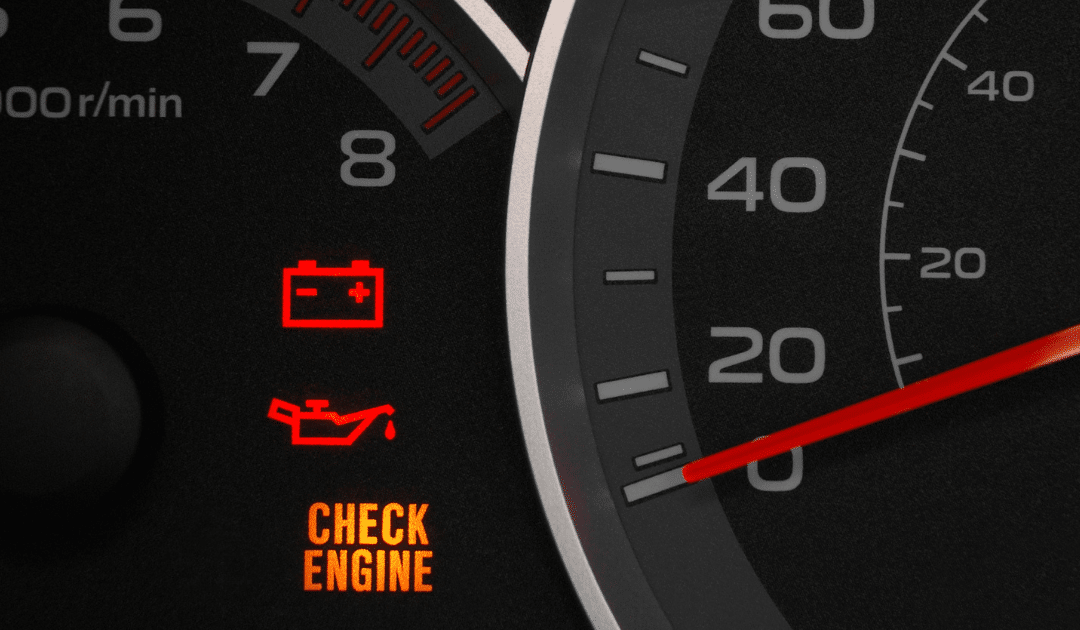
by California Casualty | Auto Insurance Info |
You let them get their license, and you’ve handed over the keys. But are they truly ready?
Sure, you set rules for when they drive, where they go, and who rides with them. You also taught them the dangers of distracted driving. But, have you taught them about the 3,000lb piece of machinery that they are now handling?
Driving responsibility doesn’t stop with passing the driver’s test, turning down the radio, adjusting the mirrors, and using the turn signals. Before they get behind the wheel, young drivers should know basic vehicle care, maintenance, and warning signs.
Wiper blades and washer fluids – if they can’t see where they are going, how will they get there safely? Get your young driver in the habit of checking their wiper blades and washer fluid levels. There are super easy fixes to help correct wiper blade problems. And be sure they also know how to refill washer fluid (where it goes and what product to use).
Lights – it’s important to always have clean headlights and working rear lights, brake lights, turn signals and reverse lights. These are the ways other drivers know what actions to expect from your teen’s vehicle. Show your teen how to check them regularly. Remind them of the importance of properly functioning lights. Teach them how to change them or how they can contact the dealership to have them changed by a technician.
Tire pressure, tread, and rotation – show your teen driver where the PSI rate is listed on the sticker of the driver’s door jam. Teach them how to check their tire pressure. Show them how to fill their tires with air or reach out to the dealership if they need more nitrogen. Be sure to explain that tire pressure can change with cooler and warmer weather, so it’s smarter to check more often. Show them, the quarter test, not the penny test to check tire tread. Explain the importance of tire rotations to help tires wear evenly. Share with them the notion that rotating and balancing tires should be done on a routine schedule that makes the most of their tire investment.
Check fluids and change the oil – have your young driver get in the habit of checking their oil levels, brake fluid, antifreeze, and transmission fluid. Explain what products go where and how to maintain the right levels as needed. Teach them how to change their oil, or how often to schedule an oil change on a regular basis.
A car battery can fail at any time, but there are usually warning signs. If new drivers know how they function and what the signs are for replacement, then they can be more proactive when a new battery is needed. A completely dead battery is a safety issue if they are stranded.
Knowing the dashboard warning lights can make a world of a difference for the safety of your young driver and their passengers. There are 15 common warning lights on your dashboard that hold significant meaning. Have your new driver review them with you!
And in case of a roadside emergency, give your teen a list of contacts to call, do a run-through of how to change a tire, gift them an emergency roadside kit.
It’s a lot to digest, but the responsibility of becoming a driver is worth the time invested in sharing the knowledge above. It’s another layer of protection to keeping your driver safe.
Want more tips for teaching your young driver the rules on and off of the road? Click here for more teen driver safety tips and here for the driving experiences your teen needs.
This article is furnished by California Casualty, providing auto and home insurance to educators, law enforcement officers, firefighters, and nurses. Get a quote at 1.866.704.8614 or www.calcas.com.
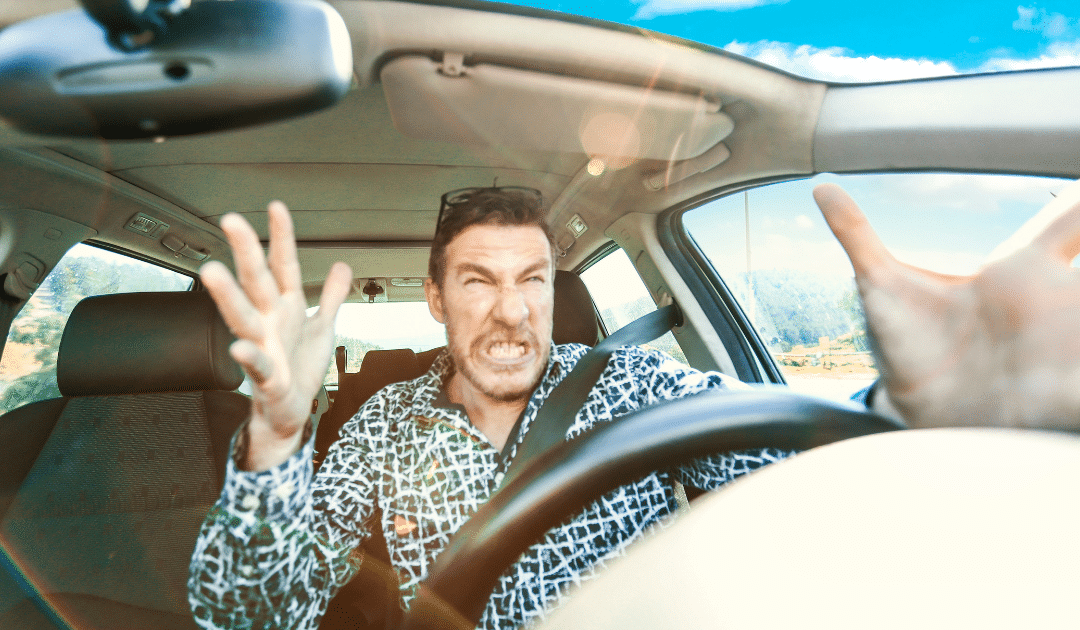
by California Casualty | Auto Insurance Info |
No one likes getting cut off in traffic or the feeling of a tailgater trailing closely behind. When those feelings cross the line from irritation to retaliatory action, that’s road rage. Road rage, as most of us know, is significant anger and/or aggression directed toward one driver by another. It can be in the form of insults, gestures, physical attacks, and even dangerous driving maneuvers that can run you off the road.
Road rage is a form of distracted driving that can lead to collisions, injuries, and even death. Knowing how to keep your cool behind the wheel, and what to do if you are targeted by road rage, will help prevent accidents and bring you safely back home.
Road rage is more common than you think.
The majority of American drivers – almost 80 percent – admitted to aggressive driving or feelings of road rage in 2019, according to the AAA Foundation. The Foundation’s analysis of 10,000+ road rage incidents over 7 years revealed 12,610 injuries and 218 deaths. Road rage is a factor in more than half of all fatal collisions.
Know the causes of road rage.
There are many triggers for road rage. Most often, aggressive behavior stems from angry emotions that get out of hand due to situational circumstances, such as traffic conditions, or the driver’s own mental state.
-
- Road rage can be a habitual or learned behavior. Drivers may be in the habit of yelling at cars that cut them off. They may perceive the behavior as normal.
-
- Cars provide a layer of anonymity that makes it easy to “rage.” In road rage incidents, drivers do not see another person; they see a vehicle. As a result, they don’t think of the individual/family they will be affecting when they lash out at another driver.
-
- Drivers who “rage” may have a disregard for the law. They may be speeders and tailgaters, and have the perception that they are above the law.
-
- Traffic congestion and delays can cause road rage. Drivers who are running late are more likely to get upset during heavy traffic conditions.
-
- Distracted driving may prompt road rage. Drivers on their cell phones could contribute to road rage reactions when they don’t move as planned through traffic.
Know how to prevent road rage.
You don’t have to be an aggressive driver to experience road rage. It can happen to anyone! Here are some ways to stay cool behind the wheel.
-
- Make sure that you’re well-rested and ready to drive. Get enough sleep. Limit alcohol intake. If you’ll be traveling long distances, take time for regular stops to recharge.
-
- Leave plenty of time for your trip. Drivers who leave early are less likely to be stressed about traffic congestion or angry at other drivers who may delay the journey.
-
- Play soothing music. Set the mood for a relaxing trip with a soothing soundtrack.
-
- Don’t honk or yell. Raising your voice and honking your horn only serves to escalate a situation.
-
- Don’t tailgate. Leaving enough space between you and other cars helps prevent incidents that can lead to road rage.
-
- Remember to show some empathy. Everyone has a bad day now and again. Give your fellow driver the benefit of the doubt. He/she may not have meant to cut you off.
Know what to do If you’re a victim of road rage.
It can be frightening if you are the target of road rage. The most important thing to remember is to keep your cool, and follow these suggestions.
-
- Don’t return gestures. Don’t make eye contact. Engaging with an angry driver only escalates the potential for road rage. Keep your eyes on the road and, if possible, distance yourself from aggressive drivers.
-
- If you’re being tailgated, switch lanes. Try to move out of range of the other driver. Do not slam on the brakes to get them to back off. That tactic is dangerous.
-
- Stay behind an aggressive driver. Being in front of an aggressive driver puts you in their field of vision. Moving behind, and lengthening your distance, can help.
-
- Don’t pull over and stop. Unless you are stopping at a stoplight or stop sign, do not stop. Stopping your car is the precursor to engaging with the other driver—something that you do not want to do.
-
- If the harassment continues, pull into a police station. There may be times when you cannot shake the aggressive driver. In those cases, the best tactic is to head to the nearest police station.
Look out for road rage during these high-travel months.
Any time there is traffic and congestion on the roads is a time that could trigger road rage. The summer months, and especially August, have been shown to be prone to incidents of road rage. Similarly, holiday travel in December with its associated congestion, traffic delays, and inclement weather, can produce the conditions ripe for road rage.
Plan your travel accordingly and follow these tips to help keep you and your family safe.
Safe travels.
This article is furnished by California Casualty, providing auto and home insurance to educators, law enforcement officers, firefighters, and nurses. Get a quote at 1.866.704.8614 or www.calcas.com.
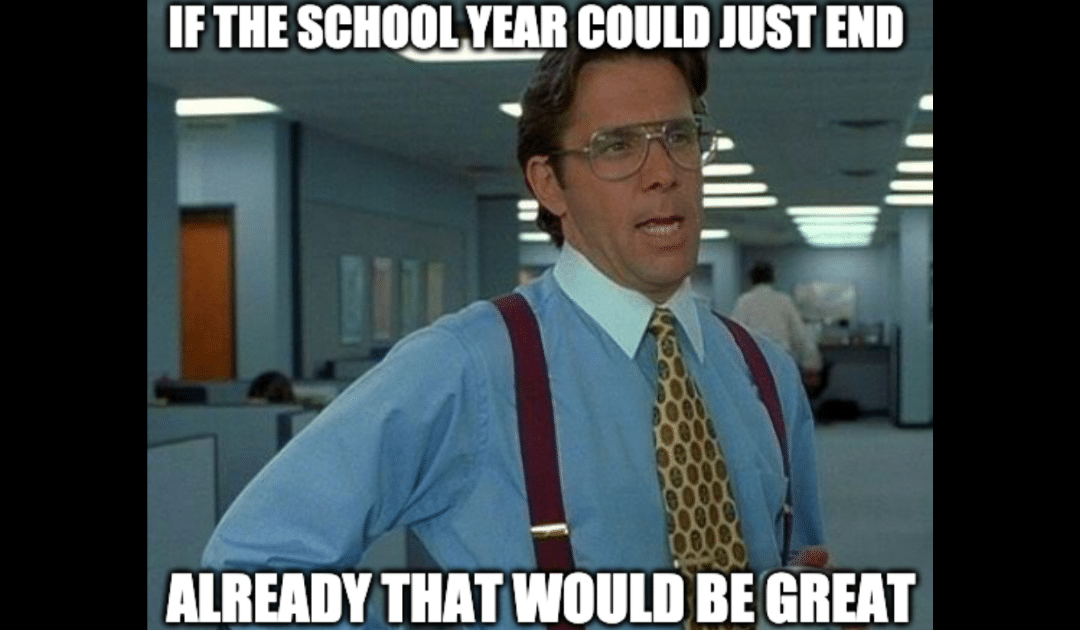
by California Casualty | Auto Insurance Info |
The end of the school year is in sight!
Here’s how educators are feeling right around this time of year.
During those last few weeks in May…
And when June finally rolls around…
Don’t get us wrong, there are still some bright points.
But at the end of the last day…
And then it’s sweet, sweet SUMMERTIME!
For more memes visit our “Teachers: End of the Year Memes” board on Pinterest!
Don’t forget to give us a follow at California Casualty to stay up to date on every new meme we discover! Scan our Pincode with your Pinterest camera to follow:

This article is furnished by California Casualty, providing auto and home insurance to educators, law enforcement officers, firefighters, and nurses. California Casualty does not own any of the photos in this post, all are sources by to their original owners. Get a quote at 1.866.704.8614 or www.calcas.com.
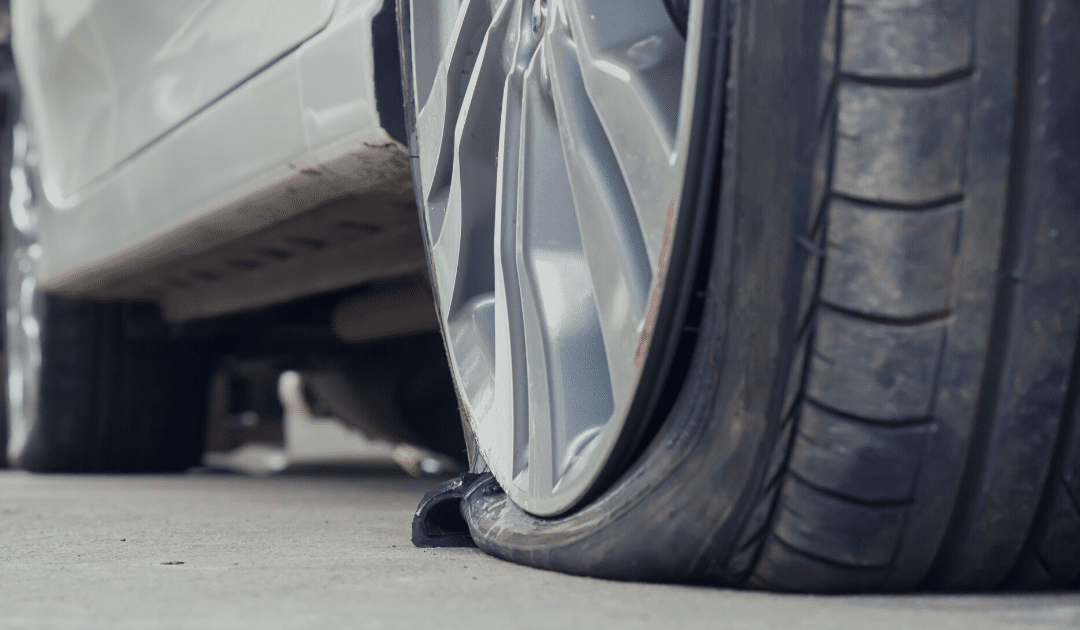
by California Casualty | Auto Insurance Info |
A tire blowout is a rapid loss of air that causes your vehicle to lose control. It’s a dangerous surprise that can happen anytime your car is in motion. If you are driving down the road and suddenly hear a loud POP or THUD and feel your car begin to jerk or pull to the side, odds are you have just experienced a blowout.
Tire blowouts can be frightening, especially for young or inexperienced drivers, and can cause you to feel like you’re losing control of your vehicle. Blowouts cause 78,000 crashes a year, so keeping your cool and knowing how to proceed after a blowout is vital.
Here’s what to do if a blowout happens to you.
Step 1: Don’t panic. The most important thing you can do during a blowout is to stay calm. Don’t try to immediately overcorrect or press on your brakes- this could cause you to lose even more control.
Step 2: Grip the steering wheel firmly. Keep both hands on the steering wheel and keep the car moving forward in a straight line. You may feel the need to try and steer off to the side of the road or overcorrect if it starts to fishtail- don’t. To avoid an accident keep the car as straight as you can.
Step 3: Tap your gas pedal. If you are trying to regain control of your vehicle, accelerating lightly will help you because you are keeping your forward momentum. Braking immediately will only cause the car to become harder to control and could lead to an accident. Gently press the gas pedal and adjust to how the car moves. Once you’ve regained full control, slowly remove your foot from the accelerator and let the car slow.
Step 4: Brake Slowly. When your speedometer reads 30mph, it’s safe to slowly begin braking. After you have slowed enough to begin hitting your breaks it is safe to steer the vehicle into the rightmost lane or shoulder of the road (if possible). Continue braking steadily until your car stops completely.
Step 5: Put on your hazards. Put it in park and turn on hazard lights or put out reflective triangles and collect yourself. If you are still in the middle of the road, you should exit your vehicle and get to safety- out of the way of a collision.
Step 6: Change your tire or call roadside assistance. If you can safely change your tire and there is no damage done to your rim, now is the time to do so. If you cannot safely change your tire or don’t have a spare call for roadside assistance.
How to Avoid a Future Blowout.
A tire blowout may happen due to a number of circumstances: underinflation, too much weight in the vehicle, hitting a pothole or other debris, and even over-wear.
To avoid a future blowout, try to miss potholes & debris- when you can safely do so- and make sure to maintain your tires. You can do this by routinely checking your tire pressure, monitoring your tires for wear and tear (even small cuts and other minor defects can lead to a blowout), and most importantly keeping up with getting new tires.
New tires can generally last you anywhere from 25,000 to 50,000 miles. You will want to refer to your owner’s manual for recommendations on what tires you can put on your vehicle and their lifespan. A great way to keep your tires in check is to monitor their tread. You can do this by using the quarter test. If you are unfamiliar with the quarter test, here’s how it works- place a quarter in the center of the tread (thickest part of the tire), with the head facing you, in a new tire the quarter will easily fit and you should be unable to see the hair on the top of the head. If the hair is partially visible, you should think about replacing the tires. If you can see the very top of the head, the tires need to be replaced right away.
What About Insurance?
So, are you covered if you experience a tire blowout? Your auto insurance policy may cover sudden or accidental damage to your tires, like a blowout, depending on your policy.
Before an unexpected blowout happens to you make sure you’re covered. Check with your auto insurance provider or call in to review your policy.
This article is furnished by California Casualty, providing auto and home insurance to educators, law enforcement officers, firefighters, and nurses. Get a quote at 1.866.704.8614 or www.calcas.com.







